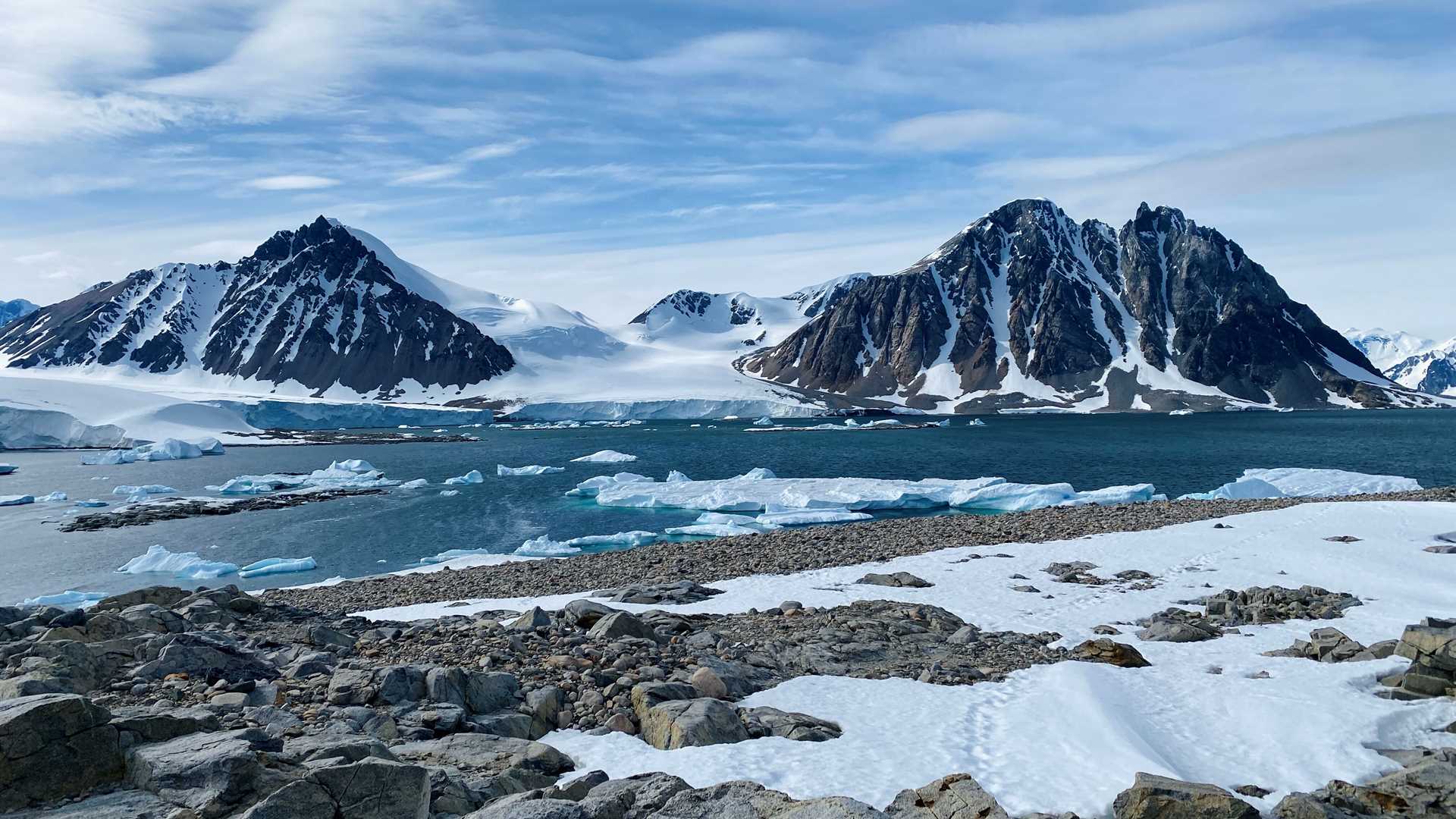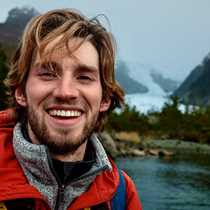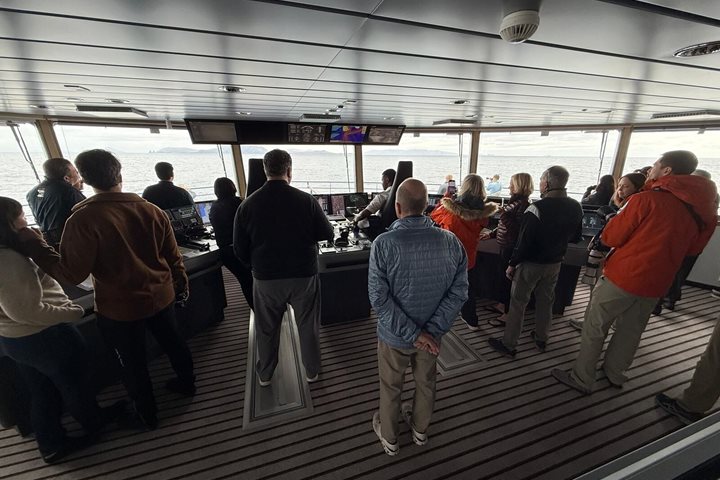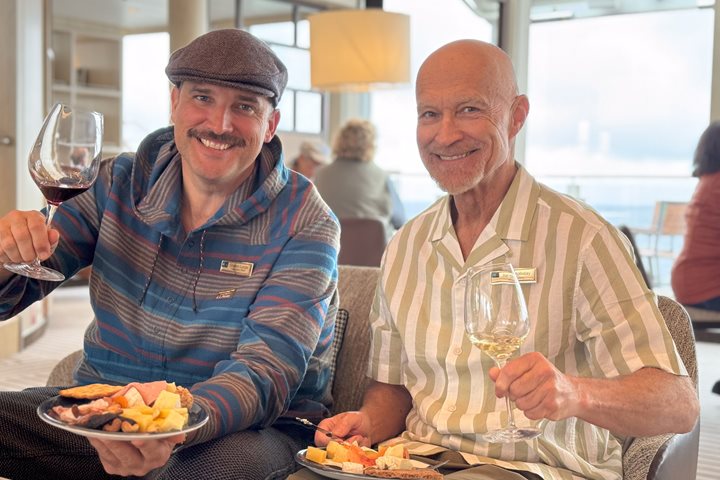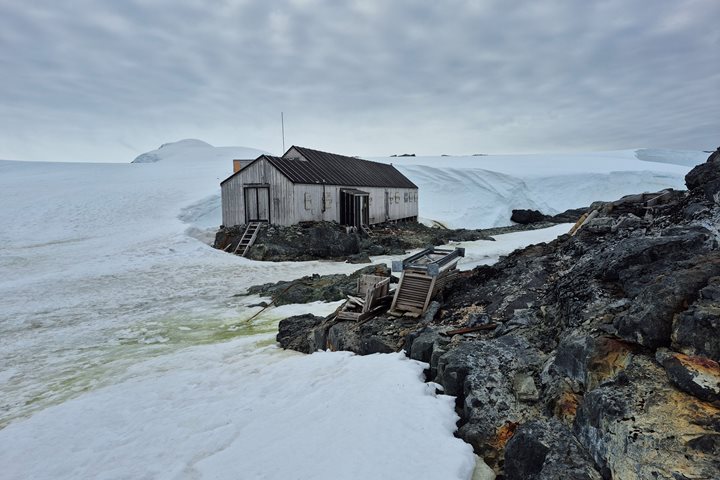As National Geographic Resolution cruised through Marguerite Bay early this morning, an attempt was made to land at Red Rock Ridge to visit an Adelie penguin colony. Staff departed before breakfast in a Zodiac to brave the large waves and icebergs looming around the ship. After searching for a safe landing site, the staff concluded that conditions would not allow a safe landing. Plan B was set in motion. By the end of breakfast, National Geographic Resolution reached our second location, the historic site and monument of Stonington, Base E (a British Antarctic survey hut). After an amazing breakfast with stunning views of the surrounding glaciers, we departed for the shores of Stonington Island. Upon landing, guests explored the interior of the British hut and caught glimpses of the U.S. East Base, the oldest American base in Antarctica. The British hut was closed in 1975, and many of the contents were removed. However, it remains true to the era and was restored as a historical site. During the height of its use, the UK base often cooperated with the U.S. base to provide sledging support to the American aerial survey. A solitary cross sits upon a rocky outcropping on the far end of the island, a tribute to the death of two men who died in a storm while sledging in 1966. After exploring the island, guests departed for the ship for an afternoon of cruising and talks by on-board naturalists. Shortly after lunch, one of the largest icebergs seen this voyage (taller than National Geographic Resolution) swept past the ship. As the evening came to an end, naturalists presented their daily recaps and guests relaxed as we cruised north.
2/28/2025
Read
National Geographic Resolution
Northbound Drake Passage, Cape Horn, and the Beagle Channel
This morning, we had a later start than usual after a late night enjoying the crew show. Our galley team gifted us with a fulfilling brunch. We then had a brilliant forum about climate change with the participation of our panel of experts onboard. Afterward, our expedition leader called us to the bow to see Cape Horn, which was only a few miles ahead. The good weather allowed us to have a smooth and fast crossing, allowing extra time to swing by Cape Horn, the most southern tip of the Americas. Over the PA system, Steven provided a very interesting description of the historical importance of this area, then Pablo read a beautiful poem, a memorial to the seaman lost at sea. We could see the monument in the distance, two metal sheets that depict an albatross in flight. During the afternoon, we enjoyed Madalena’s presentation about Women in Antarctica. This was an incredible voyage through the struggles and delays of allowing women to participate in science and logistics in Antarctica. We entered the Beagle Channel around 17:00 and we encountered black-browed albatrosses, cormorants, dolphins, and whales. On our final approach to the beautiful city of Ushuaia, we passed by Les Eclaireurs Lighthouse and some of the seals that live in the Bridges Islands Archipelago.

